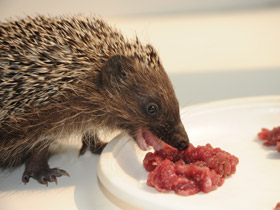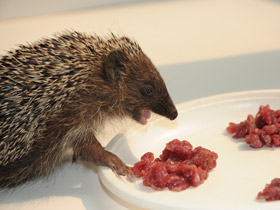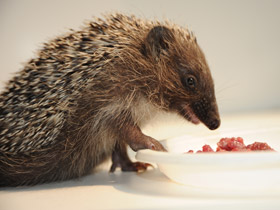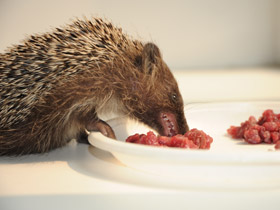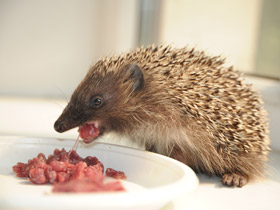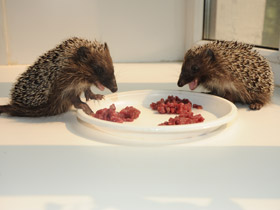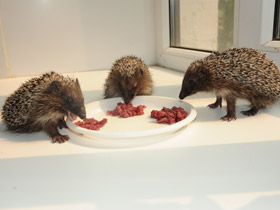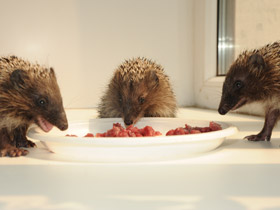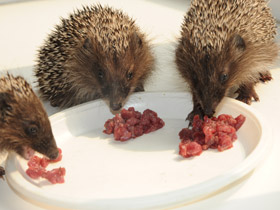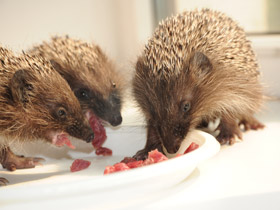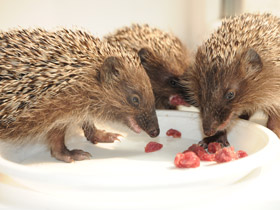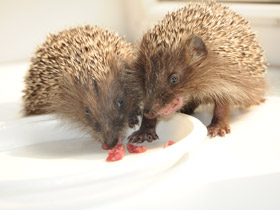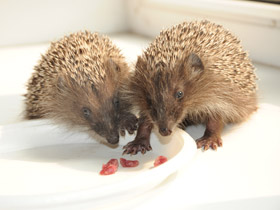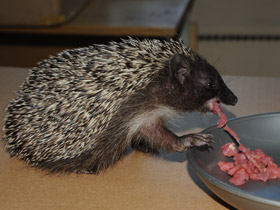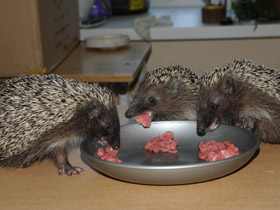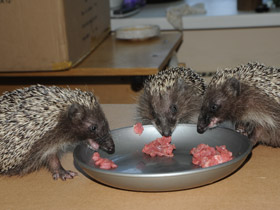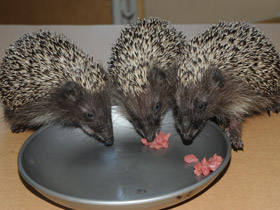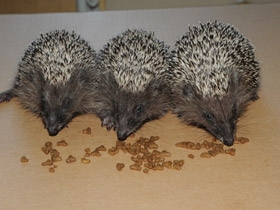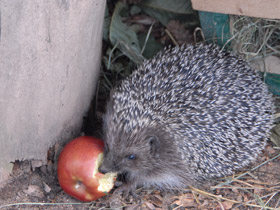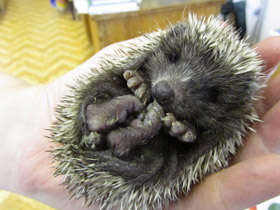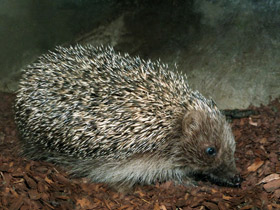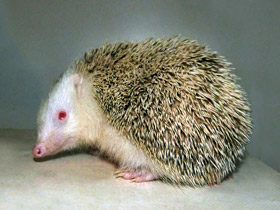The southern white-breasted hedgehog (Erinaceus concolor)
The southern white-breasted hedgehog (Erinaceus concolor), sometimes referred to as white-bellied hedgehog or white-chested hedgehog, is a hedgehog native to Eastern Europe and Southwestern Asia.
Taxonomy
For a long time these two species were considered to be one. The northern white-breasted hedgehog of Eastern Europe and Russia was formerly recognized as a subspecies of the southern white-breasted hedgehog but newer investigations see both as different species. The southern white-breasted hedgehog and European hedgehog can hybridize.
Description and features
Earlier it was believed that the most common hedgehogs in the middle zone of Russia - is a common hedgehog, but now systematists have decided that it is Erinaceus concolor. So at the dacha on your plot runs and rustles in the leaves most likely it is a white-breasted hedgehog. The Eastern European hedgehog is similar to the common hedgehog, but its head and sides are dark brown, noticeably darker than the throat and abdomen. The back and sides, excluding the snout and paws, are covered with needles. The needles are white at the base and at the ends, covered with black and brown stripes in the middle; their length is 2.5-3.5 cm. The fur on the abdomen is brown, stiff, bristly. There is always a blurred white spot on the chest. Ears short (less than 3.5 cm) rounded, almost invisible due to fur. Body length up to 35 cm, tail 20-39 mm. Weight varies depending on the time of year from 240 to 1232 g.
Habitat
Erinaceus concolor has a large range - it is distributed from Central Europe to Western Siberia. The northern border of its range runs through Belovezhskaya Pushcha, Moscow and Kirov regions. In the south, it is found on the Balkan Peninsula, Asia Minor, Israel, the Caucasus, Iran, northern Kazakhstan, as well as on the island of Crete and a number of other Mediterranean islands. In Russia, it inhabits the middle zone and the south, also in the Southern Urals.
In Central Russia, the ranges of the Eastern European Hedgehog and the Common Hedgehog partially overlap, and here both species form hybrids. Throughout its range, the Eastern European hedgehog is quite common and in some places abundant.
Distribution and feeding behaviour
Unlike the Common and Amur hedgehogs, this species is found in a variety of landscapes, from semi-deserts to alpine meadows at altitudes of up to 1100 m above sea level; it avoids only continuous high-trunk forests. Erinaceus concolor prefers the edges of deciduous forests, banks of canals and river valleys, forest belts, roadsides of fields, as well as all kinds of cultivated landscapes - settlements, homesteads, squares and parks. It is active at night. Hedgehogs use natural shelters for rest; a nest made of leaves, moss, hay and twigs is built only for wintering. The duration of hibernation depends on climatic conditions, age and amount of fat reserves of the animal; on average it lasts from November to the end of March. During hibernation, the white-bellied hedgehog loses up to 35% of its weight, so the hedgehog must weigh at least 600 g to survive the winter, otherwise it will die during hibernation. The main food of the Eastern European hedgehogs is insects (beetles, beetles, earwigs, caterpillars); it is particularly fond of various species of beetles. Quite often Erinaceus concolor eats slugs, snails, midge, earthworms, as well as berries (strawberries, strawberries, raspberries, mulberries), moss, acorns, cereal and sunflower seeds, mushrooms, and does not disdain carrion. In the north, the proportion of vertebrates - frogs, lizards, small rodents - in the diet increases.
Reproduction
The reproduction season of Erinaceus concolor extends throughout the warm season. Females build brood nests 20-30 cm long and 15-20 cm wide from dry leaves, grasses and twigs. Nests are located in bushes, under bumps and stones, even in stacks. The female produces one litter of 3-8 cubs per year.
Parasites
The species carries a host of ectoparasites such as ticks and fleas and due to their increasing popularity as exotic pets, this can lead to a potential transmission of zoonotic diseases.

















